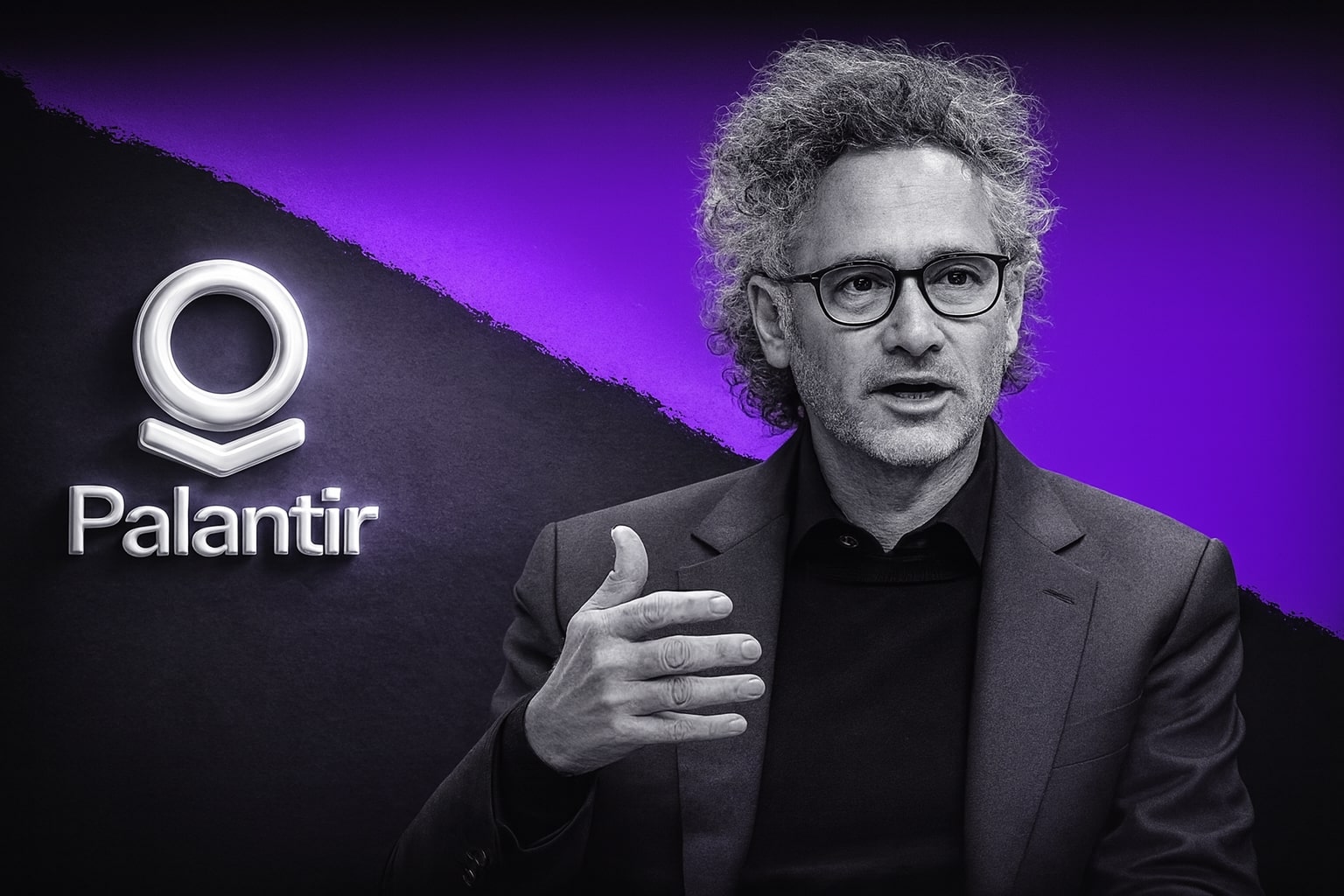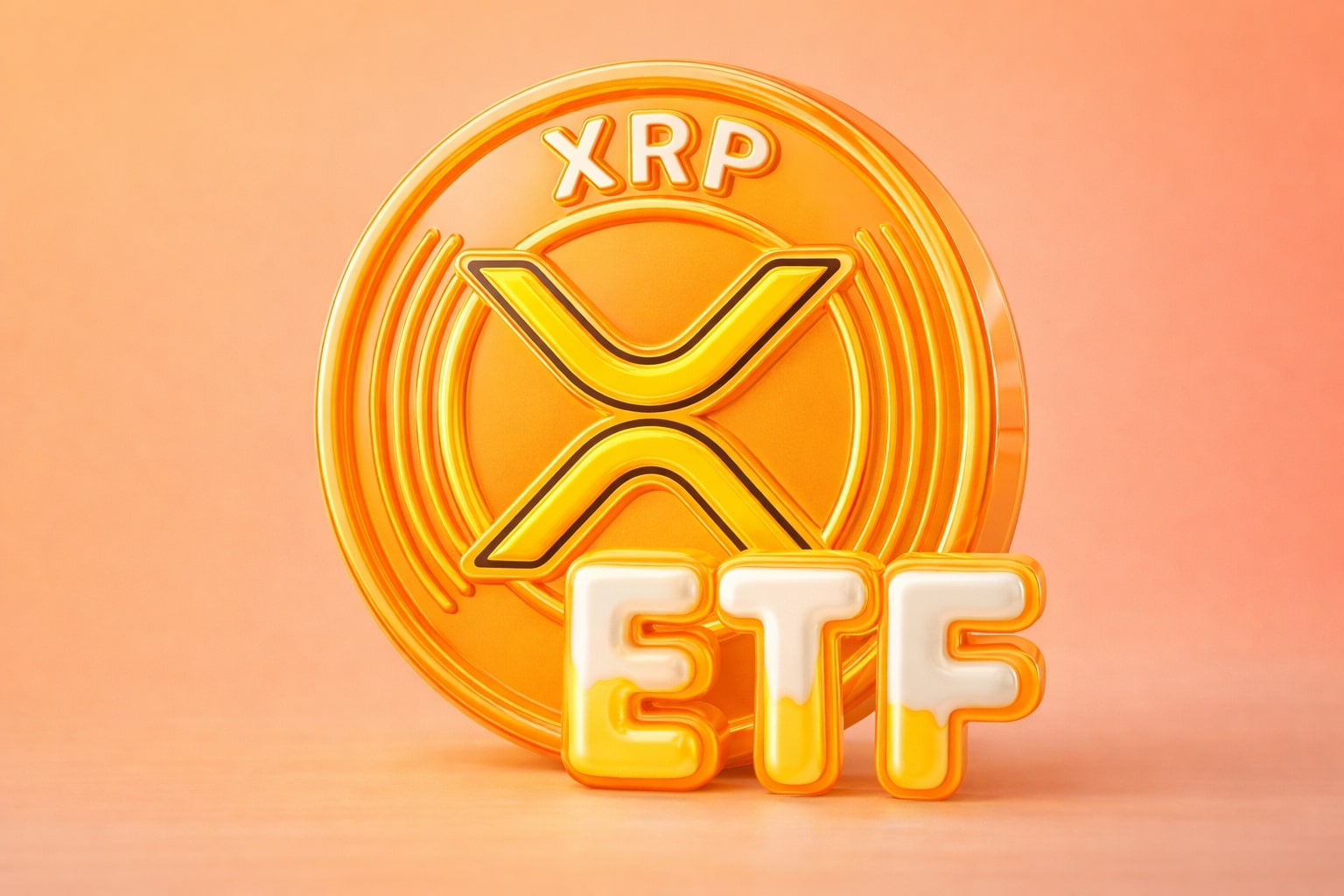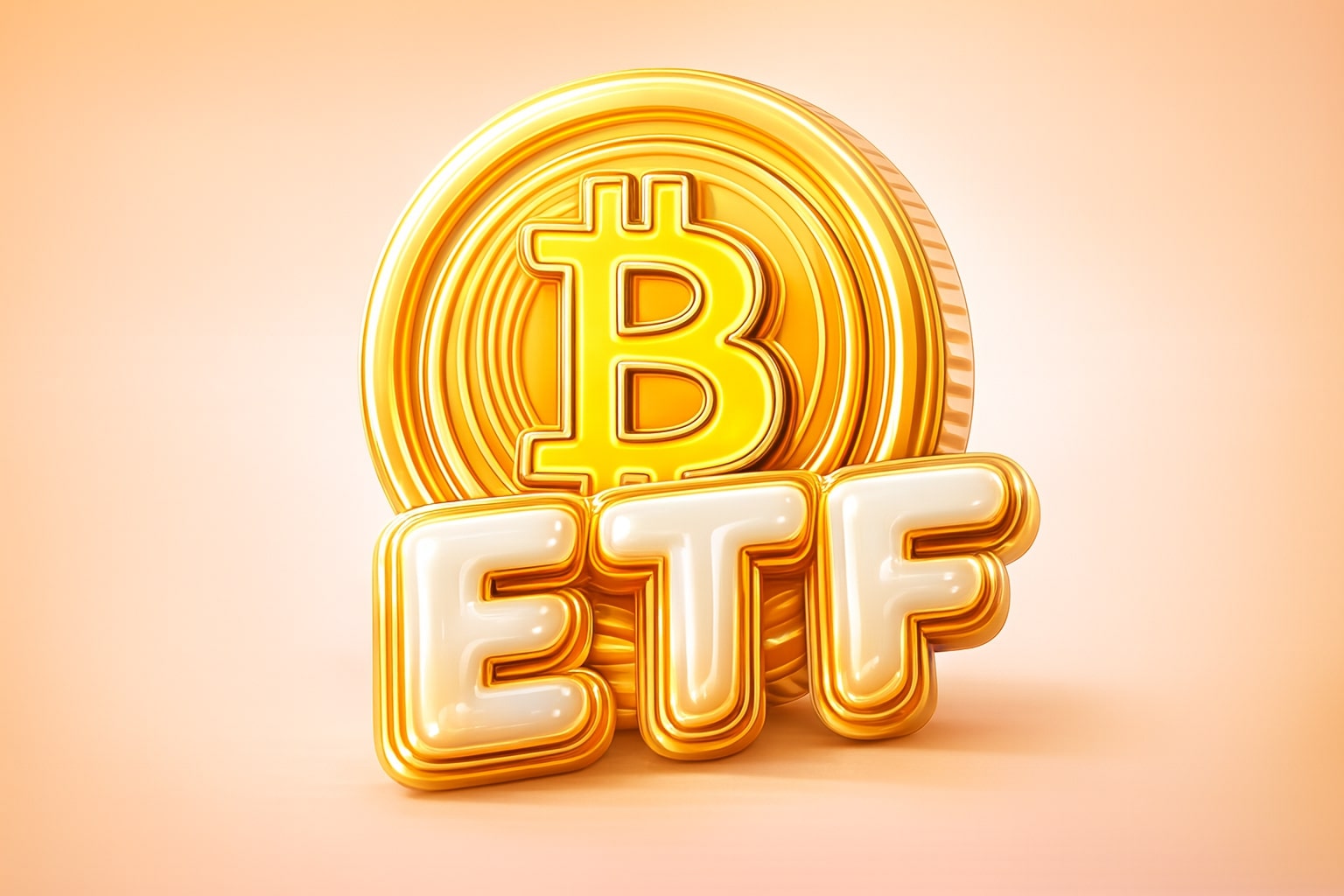
Intel Stock Price Forecast - INTC Shares Retreats from $42 Peak as Investors Digest AI Partnerships
Intel stock drops 7% to $37.90 amid profit-taking after 84% YTD surge | That's TradingNEWS
Intel Stock Price - INTC Shares Faces Volatility After Breakout — Restructuring, AI Partnerships, and U.S. Backing Shape a Complex 2025 Outlook
Intel’s (NASDAQ:INTC) stock is once again at the center of market turbulence, trading around $37.90, down from last week’s high of $42.47, after investors locked in profits from one of the most dramatic comebacks in semiconductor history. Despite the recent pullback of nearly 7%, Intel’s market cap remains near $181 billion, up almost 84% year-to-date, outpacing both AMD (+34%) and Nvidia (+30%), signaling renewed investor conviction in Intel’s turnaround strategy. Shares surged more than 120% off their August 2024 lows near $17.67, driven by aggressive restructuring, massive government aid, and strategic alliances that have redefined the company’s positioning within the AI and foundry industries.
A Rally Meets Resistance as Profit-Taking Erupts Near $42.50
After a five-day vertical climb that marked Intel’s largest short-term rally in over a decade, the stock hit a firm ceiling at $42.50, corresponding with the 100-month SMA—a resistance level that capped several prior recoveries. The subsequent rejection dragged shares down to $37.11, where technical support at the 200-week moving average currently holds. Trading volume spiked to 130 million shares, nearly twice its 30-day average, signaling institutional repositioning. Analysts identify the next major support zone between $30–$32, while the short-term resistance remains at $38.50–$39.20. Despite the correction, the broader trend structure remains bullish as long as the stock stays above $35.00.
Financial Recovery: Margins Rebound as Cost Cuts Bite
Intel’s Q3 2025 earnings reaffirmed progress in its multi-year restructuring plan. The company reported $13.7 billion in revenue, beating consensus estimates of $13.1 billion, while adjusted EPS reached $0.23, marking Intel’s first significant quarterly profit surprise since 2021. Gross margin improved to 40%, up 400 basis points quarter-over-quarter, signaling early success from CEO Lip-Bu Tan’s aggressive cost optimization measures. Intel’s net income of $4.06 billion represented a 124% year-over-year increase, while free cash flow rose 258% to $4.59 billion. Operating expenses dropped nearly 20% YoY, with headcount reductions of approximately 15,000 employees, tightening the cost base by $1.6 billion annually. Intel ended the quarter with $30.9 billion in cash and reduced total liabilities to $87.8 billion, highlighting improved balance sheet strength after years of decline.
Leadership Overhaul and Cultural Reset Under Lip-Bu Tan
Following the departure of Pat Gelsinger in December 2024, Intel’s board appointed veteran investor Lip-Bu Tan, formerly of Cadence Design Systems and Walden International, as CEO. Tan moved swiftly to halt overexpansion, shelving two European fab projects and delaying the Ohio megafab pending confirmed demand. His internal memo, “No More Blank Checks,” symbolized Intel’s new era of fiscal prudence. By mid-2025, Intel had cut 16% of its global workforce, trimmed discretionary R&D, and prioritized profitability over scale. Investors initially feared these cuts would slow innovation, but the immediate rebound in margins and free cash flow has validated Tan’s discipline-driven approach.
Strategic Partnerships Redefine Intel’s Relevance in AI
Intel’s turnaround gained legitimacy when Nvidia (NASDAQ:NVDA) announced a $5 billion investment for roughly a 4% stake in the company, followed by SoftBank’s $2 billion contribution and a $5.7 billion U.S. government equity purchase, effectively giving Washington a 10% ownership stake. The tri-party infusion injected $12.7 billion into Intel’s capital structure, strengthening liquidity and reaffirming its strategic importance to U.S. semiconductor sovereignty. These alliances reshaped Intel’s AI roadmap. The Intel–Nvidia partnership focuses on developing hybrid platforms that merge Intel Xeon CPUs with Nvidia’s NVLink accelerators, targeting high-performance computing and AI inference markets. The collaboration aims to produce “multiple generations” of joint architectures, leveraging Intel’s advanced packaging and Nvidia’s GPU leadership. Intel’s management expects this initiative to generate new revenue streams by 2026. The announcement triggered a 23% one-day surge in INTC, its sharpest single-session gain since 2001, underscoring Wall Street’s confidence in this strategic pivot.
AI Expansion: From Cisco Win to Edge Integration
Intel scored a significant commercial victory when Cisco Systems (NASDAQ:CSCO) selected its Xeon 6 processors to power the new Unified Edge platform, enabling AI inferencing and agentic computing at industrial and retail edge locations. This partnership not only validated Intel’s AI silicon capabilities but also placed its CPUs inside next-generation networking infrastructure. Cristina Rodriguez, VP of Intel’s Network and Edge Group, emphasized, “We’re extending the full power of the data center to wherever data needs to be processed.” The deal positions Intel as a key supplier for AI deployment beyond cloud data centers, an area where Nvidia and AMD have dominated.
Product Roadmap: From Core Ultra to 18A Revolution
On the consumer side, Intel’s “Meteor Lake” chips, launched in late 2024 under the Core Ultra brand, introduced modular “tile” architecture and integrated AI co-processors. Next up is the Panther Lake CPU series, slated for release in Q4 2025, promising a 25% performance-per-watt gain over its predecessor. In data centers, Intel’s Sierra Forest (efficiency-core) and Granite Rapids (performance-core) Xeons began ramping in Q3 2025, narrowing performance gaps with AMD’s EPYC Genoa. The ultimate test will be the Intel 18A process node, featuring RibbonFET transistors and backside power delivery—technologies that could restore manufacturing leadership by 2026. If executed on schedule, 18A could achieve performance parity with TSMC’s 2nm node, offering a critical technological inflection point for Intel’s foundry ambitions.
Foundry Ambitions and U.S. Manufacturing Sovereignty
Intel’s foundry business remains its most uncertain yet strategically vital division. With the U.S. government’s equity stake, Intel Foundry Services is effectively a cornerstone of America’s chip independence policy. Intel has already signed AWS as a packaging customer and secured smaller contracts for military-grade silicon. CEO Tan’s decision to link new fab construction directly to demand signals a departure from Pat Gelsinger’s “build-ahead” approach. The U.S. CHIPS Act has allocated nearly $16 billion in grants and loan guarantees to Intel, supporting ongoing expansions in Arizona and Ohio. This capital cushion offsets the capex burden of next-gen fabs and positions Intel as a dual-use player — both a commercial manufacturer and a strategic national asset.
Competitive Landscape: Navigating AMD, Nvidia, ARM, and TSMC
The battle lines in semiconductors have never been sharper. AMD (NASDAQ:AMD) continues to erode Intel’s server share with EPYC processors, now commanding roughly 30% of global server CPU shipments. Intel’s counteroffensive centers on higher core counts (144 on Sierra Forest) and deeper integration with AI accelerators. In GPUs, Intel’s fledgling Arc lineup holds under 5% market share, dwarfed by Nvidia and AMD’s dominance. In manufacturing, TSMC (NYSE:TSM) remains one generation ahead on node technology, but Intel’s 18A progress suggests the gap may close by 2026. ARM-based competitors such as Apple (NASDAQ:AAPL) and Qualcomm (NASDAQ:QCOM) threaten Intel’s long-term PC dominance, while Amazon’s Graviton chips challenge its data center monopoly. Intel’s counterstrategy—partnering with ARM to fabricate ARM-based chips on Intel’s 18A process—shows adaptability, not resistance, marking a pragmatic shift from its once-insular culture.
Financial Health: Recovery with Elevated Valuation Risk
Intel’s turnaround has revived profitability, but valuation remains stretched. The stock trades at a forward P/E of 40×, far above AMD’s 30× and the S&P 500 average of 20×. On a price-to-sales basis, INTC sits near 3.5×, a premium to its 10-year median. However, these multiples are underpinned by rising earnings expectations—Intel forecasts $12.8–$13.8 billion in Q4 2025 revenue and non-GAAP EPS near $0.08. Free cash flow projections aim for $17 billion by 2026, reversing the negative FCF of 2023. The company still carries roughly $40 billion in debt, but recent $4.3 billion debt paydowns and an expanding cash reserve mitigate refinancing risk. Intel continues to pay a $0.50 annual dividend (~1.3% yield) and has restarted share buybacks selectively.
Read More
-
SMH ETF: NASDAQ:SMH Hovering at $350 With AI, NVDA and CHIPS Act Fueling the Next Move
16.12.2025 · TradingNEWS ArchiveStocks
-
XRP ETFs XRPI and XRPR: Can $1B Inflows Lift XRP-USD From $1.93 Back Toward $3.66?
16.12.2025 · TradingNEWS ArchiveCrypto
-
Natural Gas Price Forecast: NG=F Falls to $3.80–$3.94 as Warm Winter Kills $5.50 Spike
16.12.2025 · TradingNEWS ArchiveCommodities
-
USD/JPY Price Forecast - USDJPY=X Slides, BoJ 0.50% Hike, Fed Cut and NFP Set the Next Big Move
16.12.2025 · TradingNEWS ArchiveForex
Analyst Sentiment: Between Skepticism and Renewed Faith
Market analysts remain divided. Tigress Financial raised its target to $52, citing Intel’s “re-entry into AI relevance” and “national strategic significance.” Erste Group upgraded from Sell to Hold with a $41 target, praising the cost discipline. Conversely, Seeking Alpha’s Pragmatic Investor downgraded Intel to Sell, arguing that “valuation is now detached from earnings power” and citing a lack of meaningful AI revenue in near-term guidance. Morgan Stanley’s $38 target reflects the prevailing caution, suggesting the market has priced in the turnaround ahead of tangible results.
Market Behavior: Volatility as the New Normal
With an average daily volume of 131 million shares, Intel remains one of Nasdaq’s most actively traded components. The stock’s beta of 1.32 indicates heightened sensitivity to tech-sector rotations, while implied volatility near 39% signals continued two-sided speculation. Over the past 12 months, Intel’s shares have oscillated between $17.67 and $42.47, a range reflecting both deep pessimism and speculative resurgence. Technicals suggest a consolidation phase between $35–$39, while momentum indicators (RSI 54, MACD flattening) imply neutral short-term bias.
Macro Context: Policy, Protectionism, and AI Capital Flows
Intel’s resurgence cannot be separated from the geopolitical backdrop. The U.S. government’s direct stake is unprecedented for a private semiconductor firm, illustrating how national security and industrial policy now intersect with equity markets. The Biden-to-Trump policy continuity on semiconductor self-sufficiency ensures ongoing support. Simultaneously, escalating AI infrastructure spending—expected to exceed $300 billion globally in 2026—has redirected capital toward chip producers. While Nvidia and TSMC capture the AI hardware spotlight, Intel’s role as an alternative U.S.-based supplier ensures its relevance irrespective of near-term performance gaps.
Investor Outlook: Balancing Turnaround Potential with Execution Risk
For investors, Intel (NASDAQ:INTC) represents a high-risk, high-reward story defined by execution. Short-term traders see opportunity between $35–$38, where accumulation has been evident, while long-term investors weigh the credibility of Intel’s promise to restore manufacturing leadership by 2026. The stock’s current valuation assumes flawless execution—any delay in 18A, yield issues, or weaker AI adoption could compress multiples quickly. Yet, with gross margin recovery, positive FCF, strategic equity partnerships, and policy tailwinds, Intel’s downside risk appears more limited than in 2022–23.
Technical and Strategic Bias
Support levels: $37.00 / $35.00 / $30.50
Resistance levels: $38.50 / $40.00 / $42.50
Target range (2026): $45–$50 on successful execution
Sentiment: Neutral short-term / Moderately bullish long-term
Recommendation: Hold with Buy-on-Dip Bias
Intel’s chart remains constructive within the broader uptrend, though momentum has cooled. Unless shares fall below $35, the 2025–2026 thesis of gradual recovery remains intact. For real-time updates and live performance tracking, refer to Intel’s real-time chart.


















